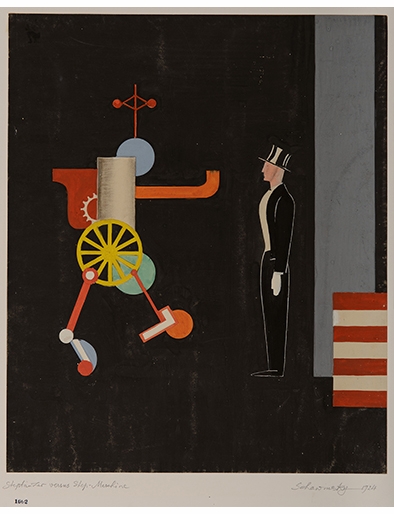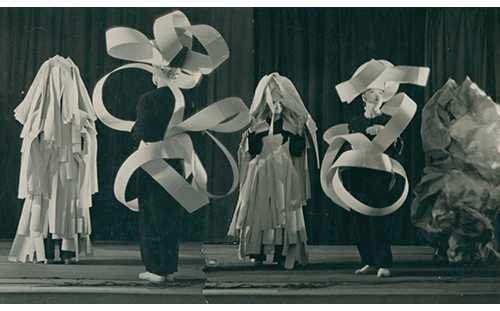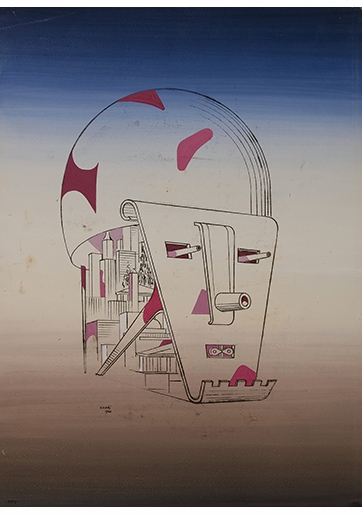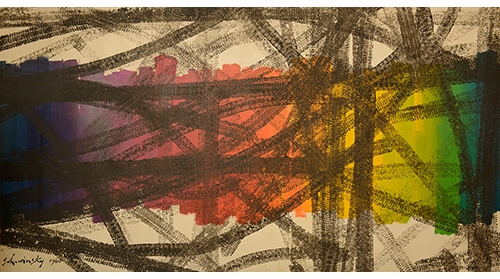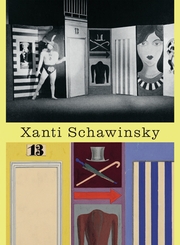ARTBOOK BLOGEventsStore NewsMuseum Stores of the MonthNew Title ReleasesStaff PicksImage GalleryBooks in the MediaExcerpts & EssaysArtbook InterviewsEx LibrisAt First SightThe Artbook 2024 Gift GuidesArtbook Featured Image ArchiveArtbook D.A.P. Events ArchiveDATE 1/14/2025 Join us at the Atlanta Gift & Home Winter Market 2025DATE 12/26/2024 An ode to holiday pleasuresDATE 12/18/2024 BMCM+AC presents David Silver on 'The Farm at Black Mountain College'DATE 12/17/2024 Good news for open mindsDATE 12/14/2024 A fascinating new study of Helen Frankenthaler & Co.DATE 12/12/2024 Donlon Books presents the London launch of 'More Than the Eyes: Art, Food and the Senses'DATE 12/12/2024 A fresh new take on Black Mountain CollegeDATE 12/8/2024 The Primary Essentials presents a book signing with JJ ManfordDATE 12/8/2024 ‘Larry Sultan & Mike Mandel: Evidence’ is back in print at last!DATE 12/7/2024 Artbook at Hauser & Wirth Los Angeles Bookstore presents Chloe Sherman on 'Renegades San Francisco: The 1990s'DATE 12/7/2024 Vibrating with animate intensity, 'JJ Manford' is new from Derek Eller & Harper'sDATE 12/5/2024 New from Sophie Calle and Siglio: 'The Sleepers'DATE 12/5/2024 The Primary Essentials x Artbook Pop Up | BOOKS IN THE MEDIAKOLLEEN KU | DATE 8/23/2015Xanti SchawinskyBorn in Switzerland in 1904, Xanti Schawinsky was a prominent proponent of theater at the Bauhaus, a leading teacher at Black Mountain College and a prolific member of the 20th century avant-garde—yet his work came perilously close to vanishing after his death in 1979. Because of a legal dispute, Schawinsky's work was barred from public view for three decades—until his son, Daniel Schawinsky, regained control of his estate in 2012. Fortunately for us, Schawinsky has since been the subject of a comprehensive retrospective at the Migros Museum für Gegenwartskunst in Zürich. The accompanying monograph, published by JRP|Ringier, features new scholarship on Schawinsky's pioneering artwork, his tumultuous life as a Swiss Jew and émigré during WWII and his lasting influence on the Happenings and performance art of the 1950s and beyond. |
